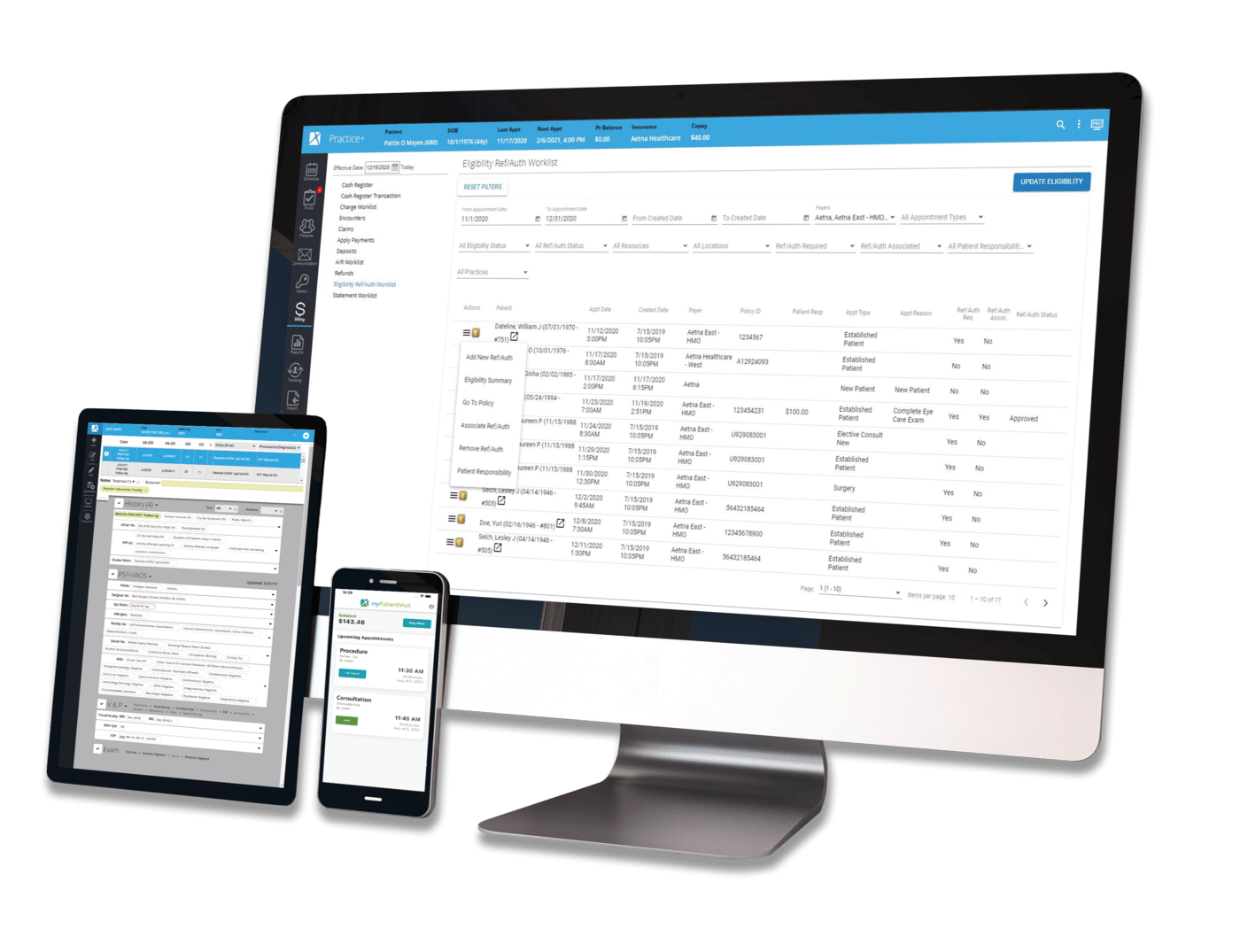Latest Articles
The latest news and information regarding electronic medical records, practice management software, HIPAA, and security from Nextech.

By:
Nextech
March 31st, 2015
Just about any business, especially in healthcare, is likely already covered by some kind of general liability insurance. Such policies are standard, providing coverage for events such as bodily injury and/or property damage that result from the insured’s operation, product, and/or building/site. However, these types of policies were created long before the days of cybercrime. They were never meant to cover liability or loss from things like cyberattacks and data breaches. Therefore, these policies rarely if ever cover losses due to cybercrime. In fact, just about all general liability policies now come with very specific language about the fact that they do NOT cover such losses or costs due to cyber-incidents. This means many businesses have no choice but to turn to cyber insurance… and so they should.

By:
Nextech
March 30th, 2015
Some readers might remember the Anthem data breach, in which around 78.4 million people had their records compromised, that I briefly mentioned at the start of our cybersecurity blog series. At the time, the cause of that breach had not yet been made public. By a funny (or, perhaps not so funny) coincidence, it turned out to be the result of spear-phishing (which that article covered) and was further compounded by factors such as Anthem’s lack of data encryption and their poor password security practices. One would think that the catastrophic and very public data breach at Anthem would have served as a strong warning to other such organizations, and that they would have taken steps to prevent the same from happening to them.


By:
Brian Gennusa
March 27th, 2015
Regardless of how prepared your practice is for the coming implementation of ICD-10, you may be somewhat overwhelmed with the number of tasks you've completed to get ready. The October 1, 2015 deadline seems as though it is going to stick this year, so if you are not in the process of preparing your practice for the big switch, you should start immediately. No matter your stage of preparation, at times like these, it's often good to take a second, step back and reflect on the fruits of your labors. With that in mind, check out some of the surprising side effects of ICD-10 implementation:

Regulatory & Compliance | Financial Management
By:
Nextech
March 26th, 2015
Even with the most effective medical billing software, all medical practices experience some level of claim denials (when insurance companies refuse to honor requests for health care coverage). According to the American Academy of Family Physicians, the average denial rate for providers is between 5 and 10 percent. However, the general goal is to keep that number below 5 percent, as a lower denial rate means a more abundant cash flow.

Clinical Efficiency | Healthcare Technology
By:
Nextech
March 25th, 2015
Advancements in technology have made mobility possible in the clinic, and it goes well beyond the use of smartphones for sending patient appointment reminders. With tablet computers, physicians and specialists can access patient records anyplace and any time and walk from room to room while continuously charting. Along with enhancing convenience, it promotes patient engagement and can improve workflow.

Patient Engagement | Healthcare Technology
By:
Nextech
March 20th, 2015
Even with vast improvements in patient engagement and scheduling methods, no-showscontinue to be a major concern for practices. When a patient fails to arrive for his or her appointment, it has a negative impact on clinical workflow in a variety of ways, especially when it comes to financial losses. What do no-shows cost providers? A North Carolina-based study looked into the costs of no-shows for health care providers. The researchers created a situational model that applied the average non-attendance rate of 18 percent to a schedule of 24 patients in one day. With perfect attendance, the net gain would have been $4,433.32, but a no-show rate of 18 percent would mean a loss of $725.42, reducing the net gain to $3707.90.

By:
Nextech
March 19th, 2015
Yet Most Support the October 1, 2015 Deadline and Urge Not to Delay Many health care professionals have been rushing to get prepared for the ICD-10 deadline, which is set for Oct. 1, 2015. The Centers for Medicare and Medicare Services set this deadline in May 2014, giving providers about a year and a half to make their systems compliant with ICD-10 software in time for the big switch.

By:
Nextech
March 18th, 2015
Hello, and welcome to the Nextech blog! Today we'll be discussing why specialty physicians require specialty EHRs.